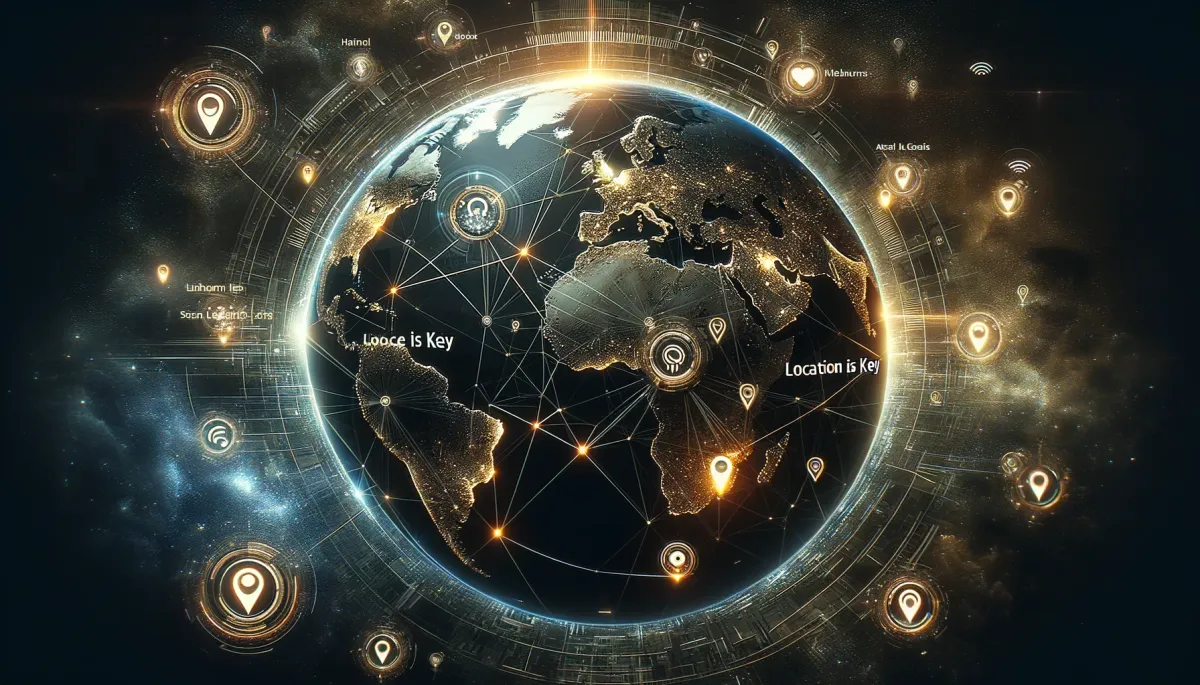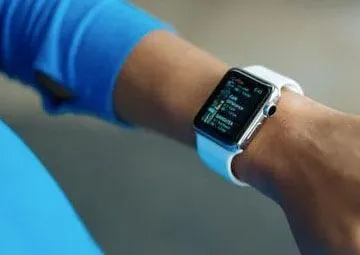Introducing the GEORA Hub: Insights, Trends, and Resources
Stay ahead of the curve with our collection of GEORA blogs, industry news, and resources, covering the latest trends, best practices, and innovations in proximity marketing. Explore the world of GEORA and unlock the true potential of your business.

Location-Based Services vs. Proximity Marketing: Understanding the Differences
Location-Based Services vs. Proximity Marketing: Understanding the Differences
In the digital marketing realm, location-based services (LBS) and proximity marketing are often mentioned in the same breath. While both leverage geographical positioning to enhance customer experiences and marketing strategies, they are distinct in their approach, technology, and application. Understanding these differences is crucial for businesses aiming to implement either (or both) effectively. This blog explores the nuances between location-based services and proximity marketing, shedding light on their unique features and appropriate use cases.
What are Location-Based Services?
Location-based services encompass a broad range of services that utilize the geographical location of a device (usually a smartphone) to provide information, entertainment, or security. LBS relies primarily on GPS technology to pinpoint a user's location and offer relevant services.
Key Features of LBS:
Wide Area Coverage: LBS can cover large areas, as it depends on GPS or cellular network data.
User-Initiated Interaction: Typically, users actively seek out services or information based on their location.
Diverse Applications: From navigation apps like Google Maps to location-based search queries (e.g., “restaurants near me”), LBS offers a wide range of applications.
Privacy Considerations: Users usually have to give explicit permission for apps to access their location data.
What is Proximity Marketing?
Proximity marketing, on the other hand, refers to the practice of targeting consumers with marketing messages tailored to their location within a much smaller, more specific area, such as a store or a specific section within a store. This technique often employs technologies like Bluetooth, Wi-Fi, NFC (Near Field Communication), or RFID (Radio Frequency Identification).
Key Features of Proximity Marketing:
Limited Range: It works within a much smaller geographic range (often just a few meters).
Passive User Engagement: Consumers receive messages passively; they don’t need to seek out the information actively.
Highly Targeted Messages: The content is usually highly relevant and personalized, based on the specific location.
Technology-Dependent: It requires specific technology (like beacons for Bluetooth) to send and receive marketing messages.
The Differences: LBS vs. Proximity Marketing
While both LBS and proximity marketing use location data, they differ significantly in scope, technology, user interaction, and application.
Scope of Reach: LBS can target users over a broader area, while proximity marketing is limited to a specific and confined location.
User Interaction: LBS often requires user initiation and interaction, whereas proximity marketing passively sends information to users based on their immediate location.
Technology Used: LBS relies heavily on GPS and internet connectivity, while proximity marketing uses local wireless communication technologies like Bluetooth or NFC.
Content Delivery: Proximity marketing offers more immediate, personalized content, given its confined range, while LBS provides a broader range of services.
When to Use Each
Use LBS for:
Broader Geographic Targeting: Ideal for services like location-based advertising or search where the target audience is spread over a larger area.
Navigation and Information Services: Useful in apps for directions, traffic updates, or finding nearby services.
Audience Reach and Engagement: To reach a broader audience base for general brand awareness or wide-reaching marketing campaigns.
Use Proximity Marketing for:
Personalized In-Store Experiences: Enhancing customer experiences with personalized offers or information as they navigate through different sections of a store.
Event Engagement: At events or conferences, for engaging attendees with location-specific content, schedules, and networking opportunities.
Targeted Marketing Campaigns: When marketing efforts need to be highly targeted and specific to the location, such as within a shopping mall or a specific retail store.
Conclusion
Both location-based services and proximity marketing offer unique advantages for businesses looking to engage customers through location-specific strategies. By understanding their differences and applications, companies can more effectively decide which approach, or combination of both, will best suit their marketing objectives. As technology continues to evolve, the potential for innovative applications in both LBS and proximity marketing grows, offering exciting opportunities for businesses to connect with their customers in meaningful ways.
Last news

Beacons Market Predicted to Witness Substantial Growth
The global market for proximity beacons is expected to grow at a significant CAGR over the next few years, driven by increased demand for personalized and location-based marketing experiences, making platforms like GEORA more important than ever for businesses.

Retailers Embrace Proximity Marketing to Drive Customer Engagement
Major retailers are increasingly investing in proximity marketing solutions, like GEORA, to deliver targeted promotions and offers, enhance customer loyalty, and improve in-store experiences.

Proximity Marketing Adoption Surges in the Hospitality Industry
Hotels, resorts, and restaurants are turning to proximity marketing platforms, such as GEORA, to streamline customer communication, provide personalized recommendations, and offer unique experiences based on customer preferences and location.

Healthcare Industry Explores the Potential of Proximity Marketing
Hospitals and healthcare centers are beginning to adopt proximity marketing solutions like GEORA to improve patient experiences, manage visitor flows, and share essential information about services and facilities.

Proximity Marketing Boosts Real Estate Industry
Real estate professionals are leveraging platforms like GEORA to provide prospective buyers with tailored property information, location-based listings, and virtual tours, leading to increased engagement and sales conversions.

Sports and Entertainment Venues Embrace Proximity Marketing
Stadiums, arenas, and entertainment venues are utilizing proximity marketing solutions like GEORA to offer personalized promotions, real-time event updates, and location-based experiences to enhance fan engagement and satisfaction.
Odenton MD, 21113
© Copyright 2025. GEORA. All rights reserved.

